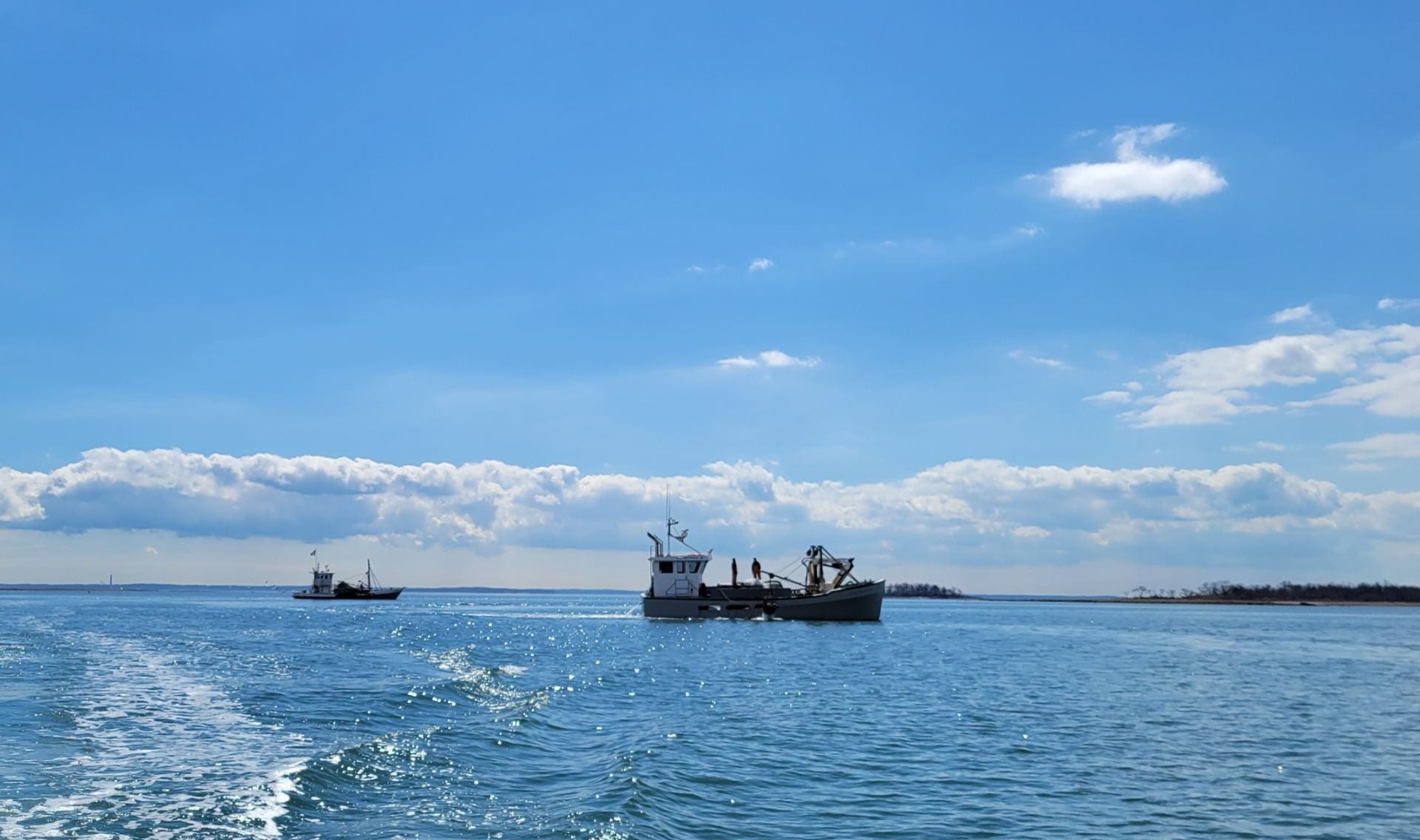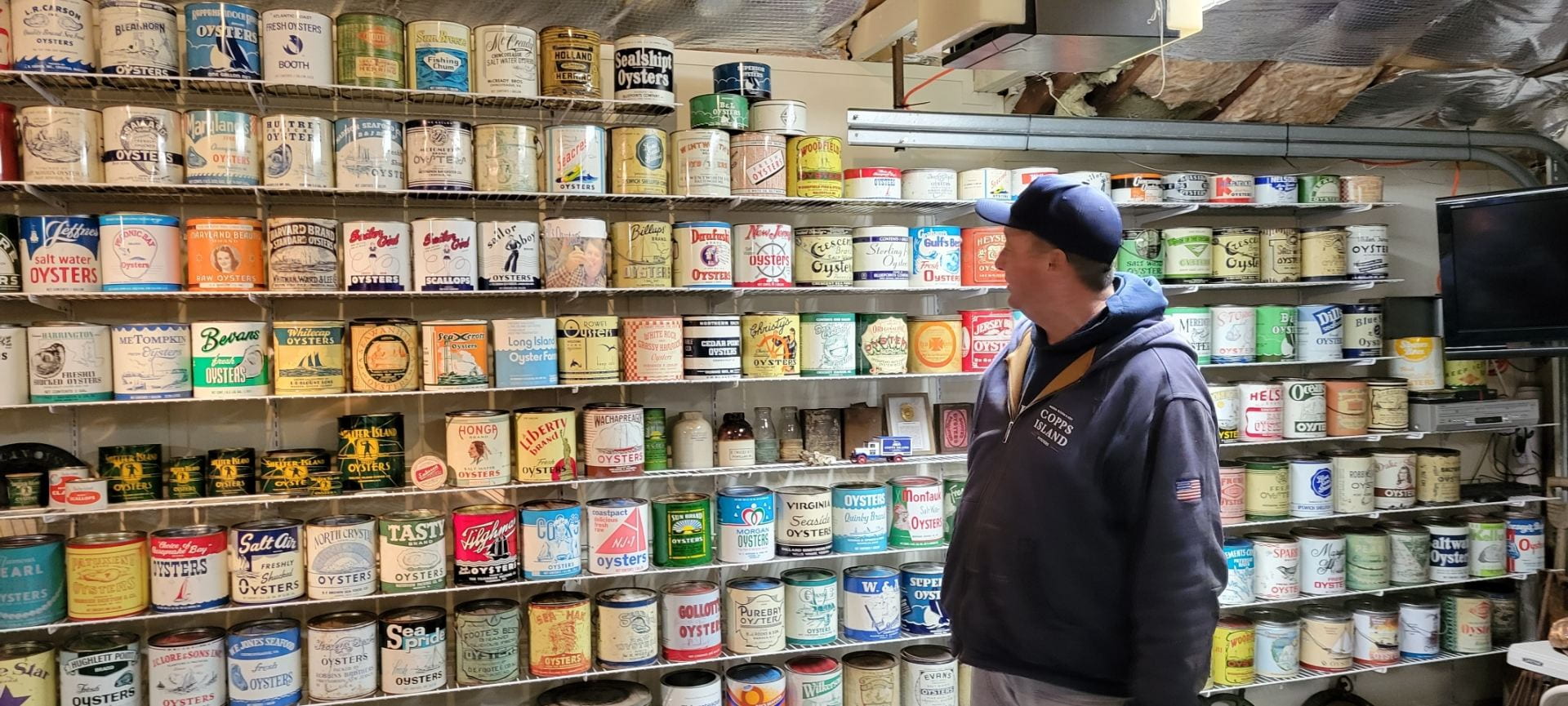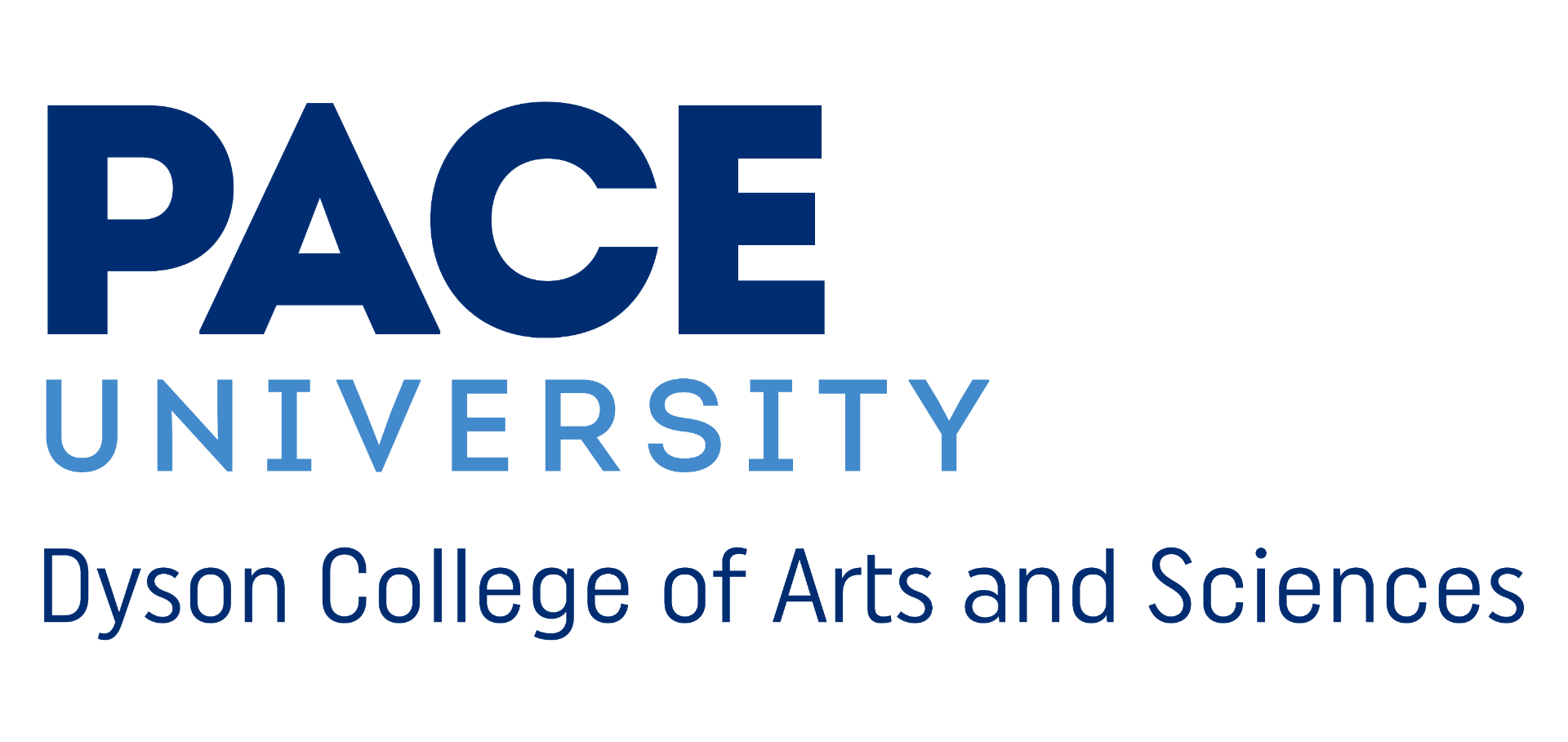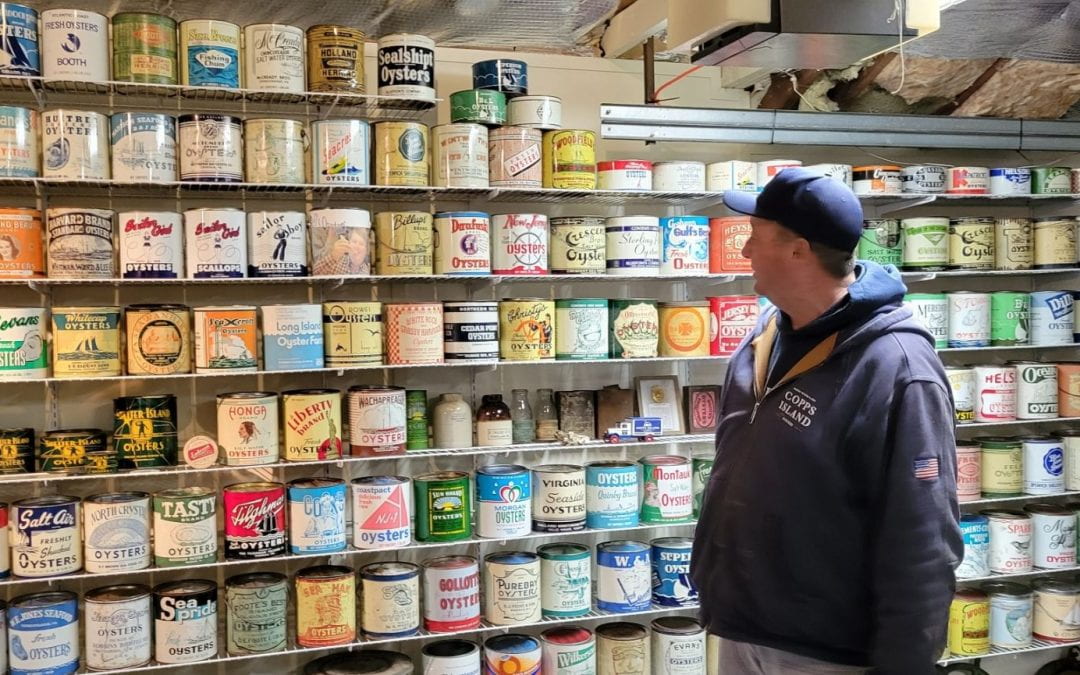March 31, 2022
This blog post was written by Danielle Schwartz.
With the premiere only a little over a month away, it has been an intense week of editing and selecting excerpts from transcripts. Last Friday, a few members of the team were able to sneak away to interview an oyster farmer in Connecticut, Norman Bloom, of Copps Island Oysters. In that interview, we were shown a type of oyster farming unlike what we experienced in Cape Cod – wild oyster farming.

Two boats from the Copps Island Oysters fleet sailing through the sound, delivering shells and gathering the harvest.
Upon arrival at Copps Island Oysters, one of the first things you’ll notice is the sign, ‘Norm Bloom and Son LLC’. Norman greeted us warmly and asked if we’d like to go out on the market boat to see his son, Jimmy, dredge up some oysters. Thrilled to do so, we set sail on what could only be described as a lovely early spring day on the sound.
The water was draped with a mish-mosh of birds – from mallards, to Arctic migrants yet to return home, and even American Oystercatchers. You could always tell which boat was hauling oysters by the swarm of gulls that followed its wake, hoping to grab a snack off the ship when no one was looking.
Norman explained to us that “the trouble with wild oyster farming is you can’t really see it. It’s all underwater. People don’t realize what’s going on.” He wanted to bring us out to the oyster beds to see for ourselves what wild oyster harvesting looked like. He was right that at first glance, there isn’t much to see other than the hordes of birds on the water and a few small flags placed here and there. Those flags indicate Norman’s grounds, where he and his crew, led by his son Jimmy, will clean the bottom and place down clean oyster shells so that the wild set can attach to it and grow.
“The trouble with wild oyster farming is you can’t really see it. It’s all underwater. People don’t realize what’s going on.”
These grounds have been passed down over generations, and were inherited by Norman from his father and uncle who have been a part of the oyster industry in Connecticut since the 40’s. Norman hopes to keep his love for oystering in the family, sometimes bringing his grandchildren along for the boat ride.
The difference between a wild oyster harvest and the aquaculture we saw out on the Cape is in part the visibility of the grounds. Norman’s grounds are submerged at all times, and his oysters do not grow out of trays but rather on the shells of deceased oysters, much like how a natural oyster reef would occur. Norman does not have to purchase spat from a hatchery, but rather waits for mother nature to do her work and then becomes a manager of the wild oyster set (baby oysters that have attached to the old oyster shells) until they are ready for market.
This method of oystering presents unique challenges, as there always must be some shell to throw back into the water. As Norman explained, “I need one oyster I could sell. I need this one to die. I’m gonna take it. Take that empty shell, put it on a beach, put it back in the water. I’ll get five more oysters. So to keep the cycle going, I need that percent to die.”

Norman shows off his collection of oyster cans from various points in history.
Jimmy dropped what Norman called a dredge, a rake-like object with a small chain link net around it, and we waited for the first bounty of oysters to appear. The dredge has become an important tool for Norman, as it tells him about the health of the bottom and the color of the oysters. They make a strong effort to keep the bottom healthy and prevent damage that may make it difficult for wild oysters to grow in the future. The first dredge came up and was filled with oysters, and Norman commented “when you drop the dredge down, you see it come up, you see it full of oysters and I call it alive. The bottom’s alive.”

Members of the crew rinse out the hopper, which is used to store market oysters that are harvested.
After watching the harvest a little longer, we climbed onto a smaller boat to speak with Norman. He explained how wild oyster farming is dependent on nature, the tides, and how he has started investing in a hatchery to have a more consistent yield. He spoke about the importance of education in cleaning up the water and creating a healthier ecosystem for his wild oysters to grow.
“The environment it’s so important – You know, we lose the inner harbors? Then I lose this out here.”
Copps Island Oysters supports many efforts to keep the Long Island Sound near Connecticut clean and healthy for future generations. “The environment it’s so important – without it, without clean water… we need sunlight, we need algae, we need food. The harbors, the rivers, I mean, everything is so important. You know, we lose the inner harbors? Then I lose this out here.”
When asked if Norwalk was still the oyster capital of the world, Norman responded with an emphatic yes, citing the dozens of companies still working in the area to ship out oysters around the country. We disembarked the boat and toured the processing facility before heading to the museum where Norman showed us all of the items of shellfishing history that he has collected over the years, giving us an overview of the history of oysters as a popular food item.
Our final stop was at The Oysterman’s Daughter, a shop run by Norman’s daughter, Jeanne, where you can find fresh oysters at prices comparable to oysters during their heyday. We scooped up some oysters and T-shirts, and headed home to log film from our most recent adventure.

